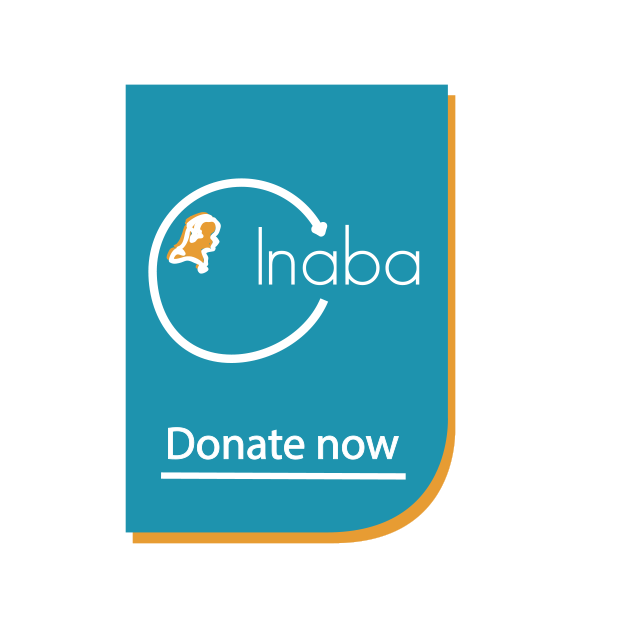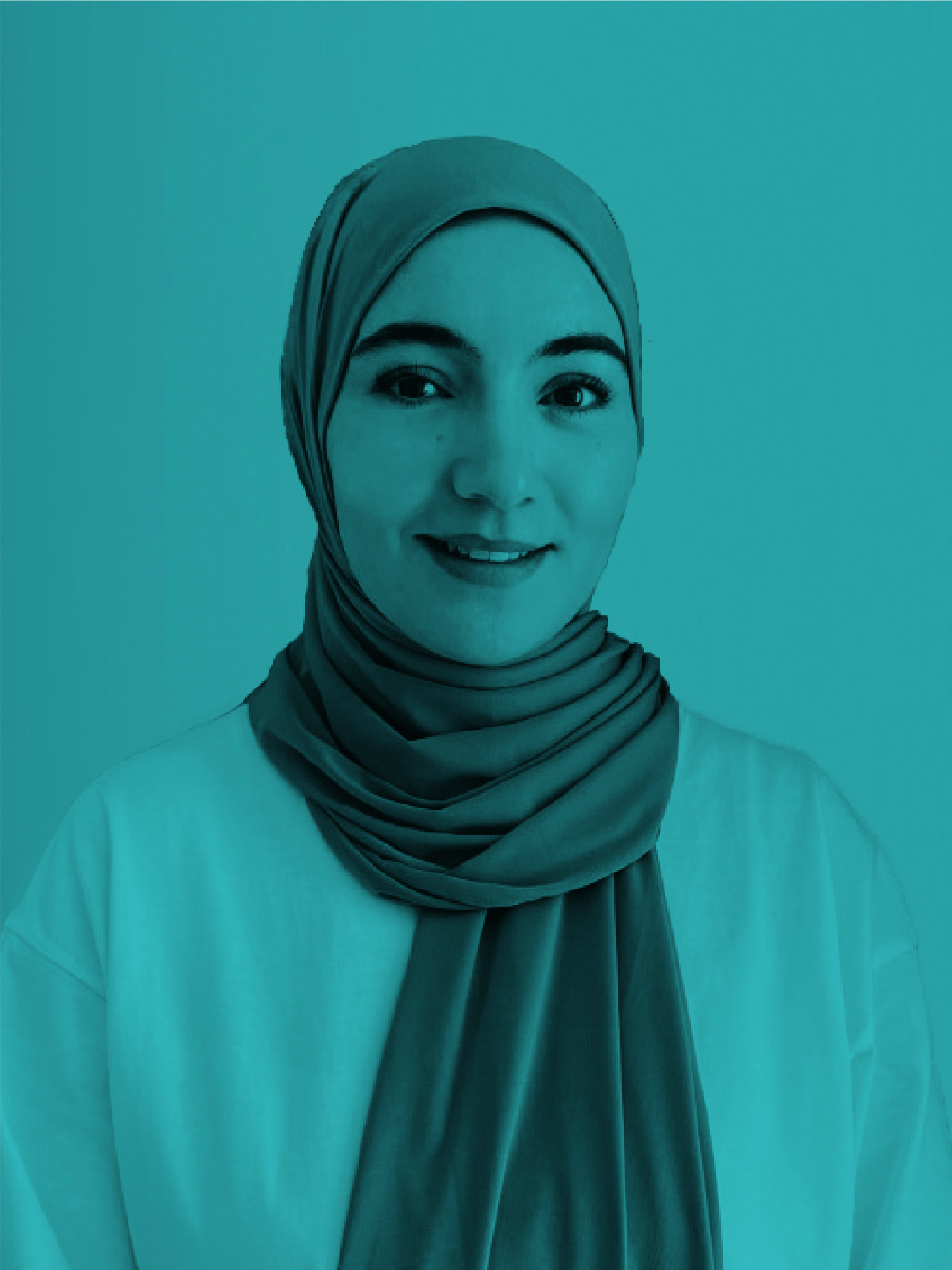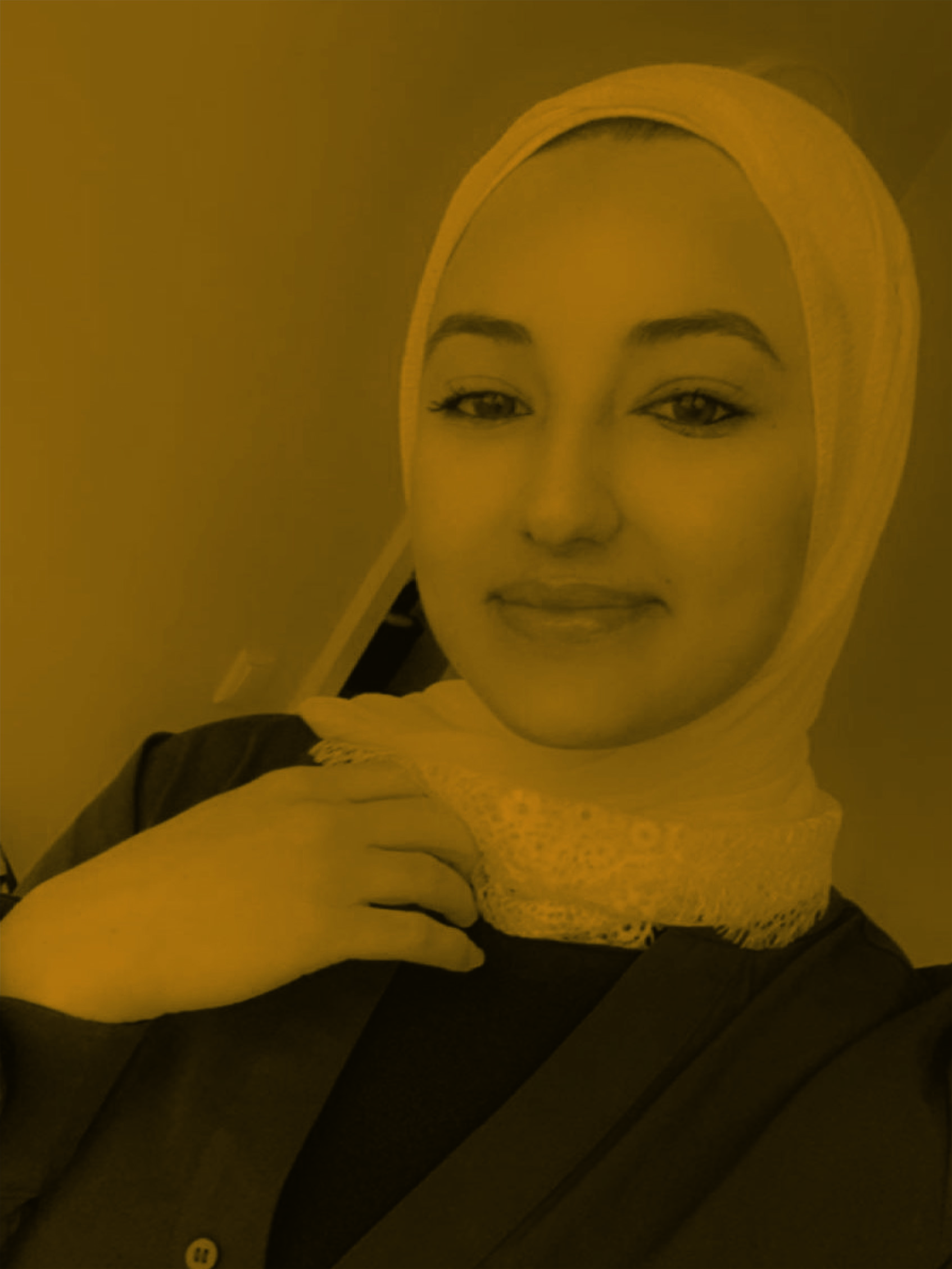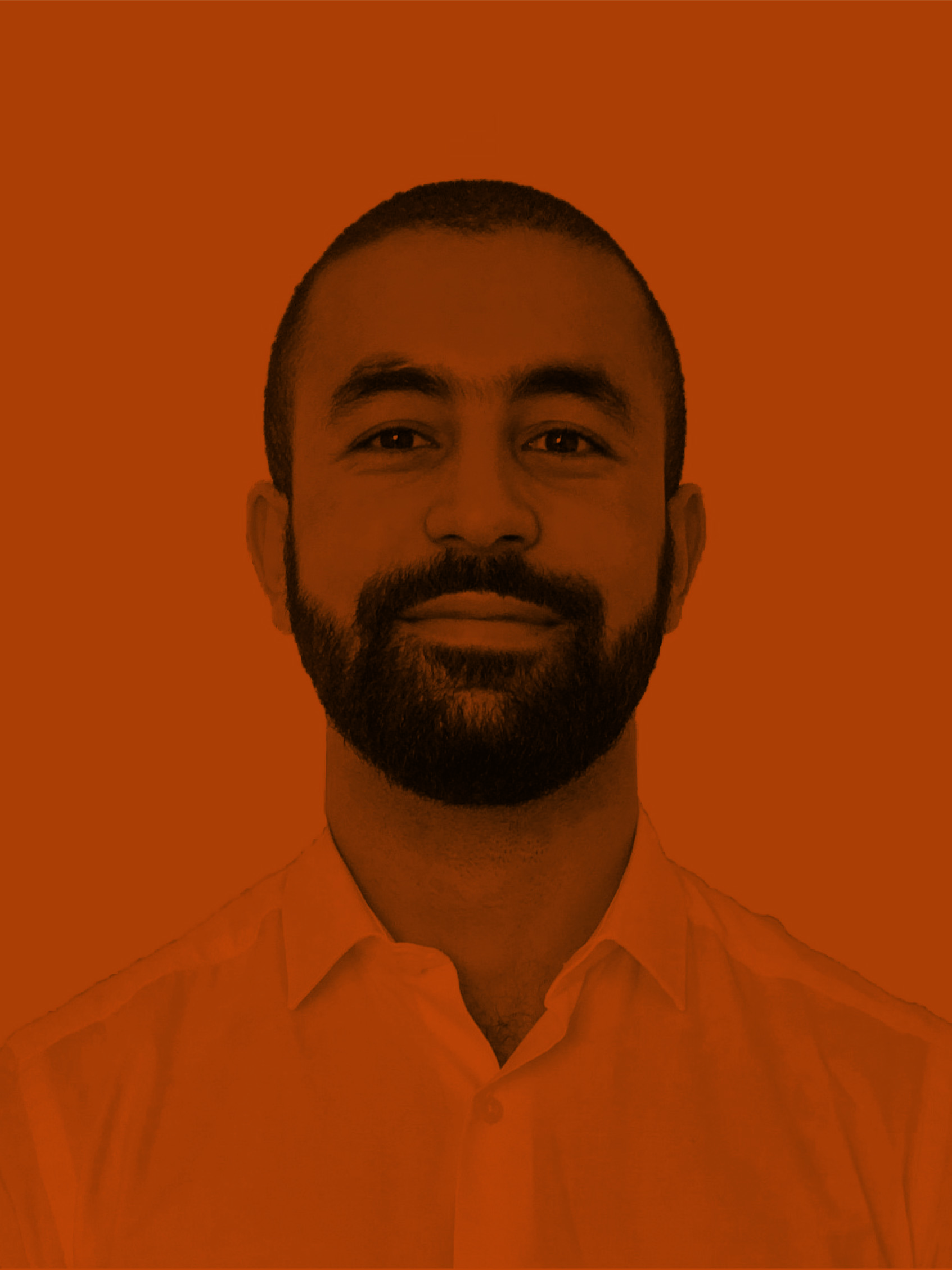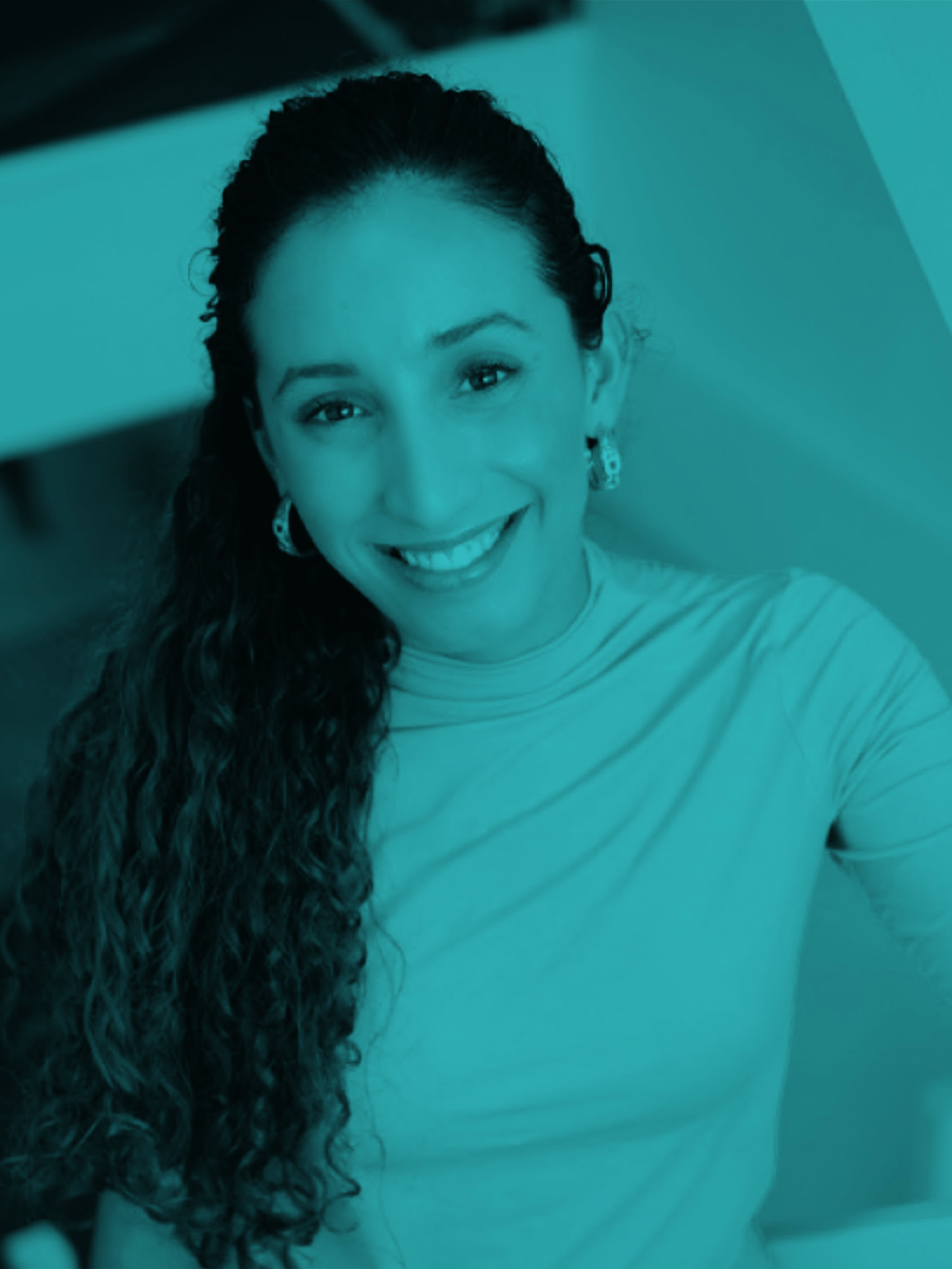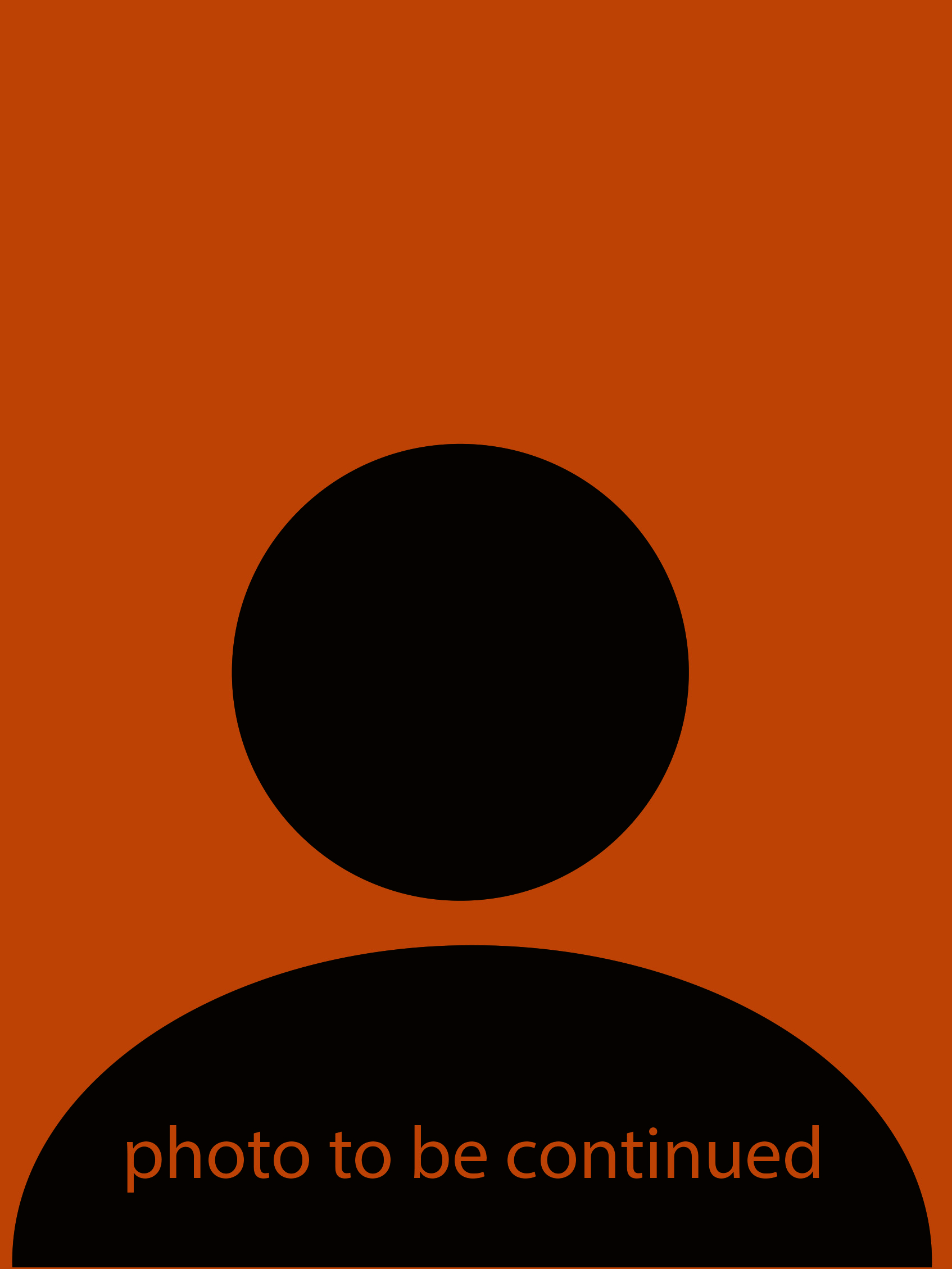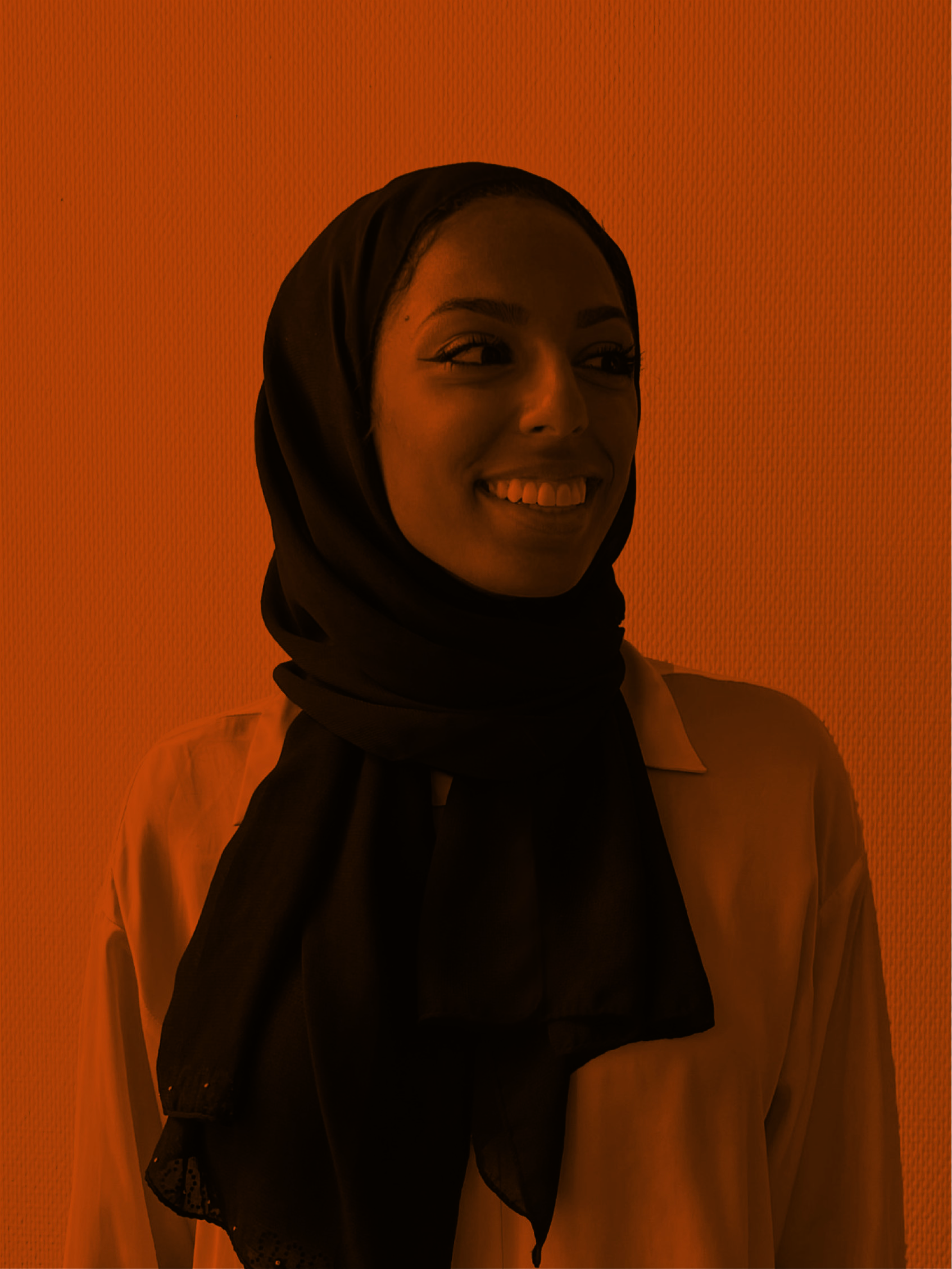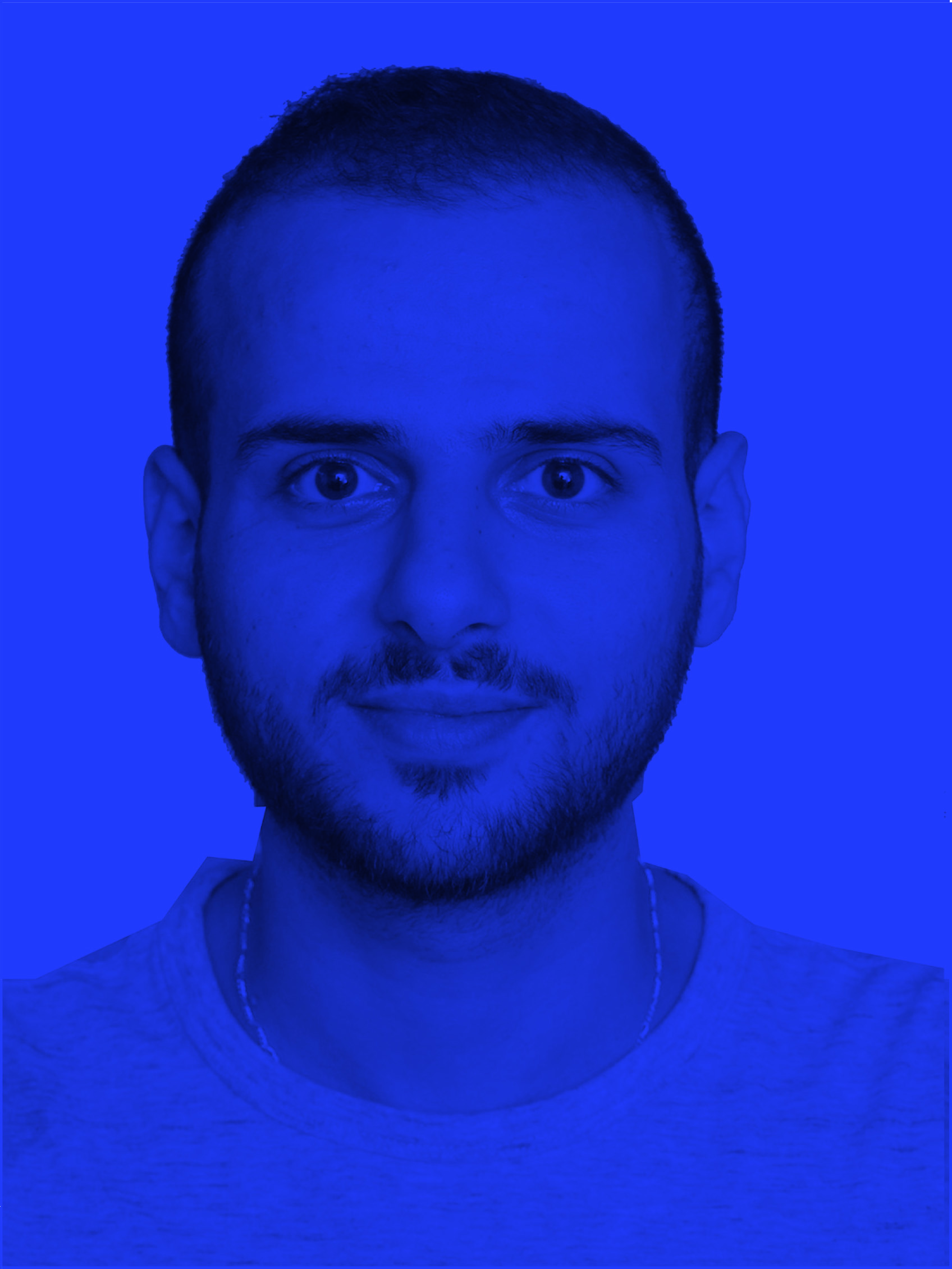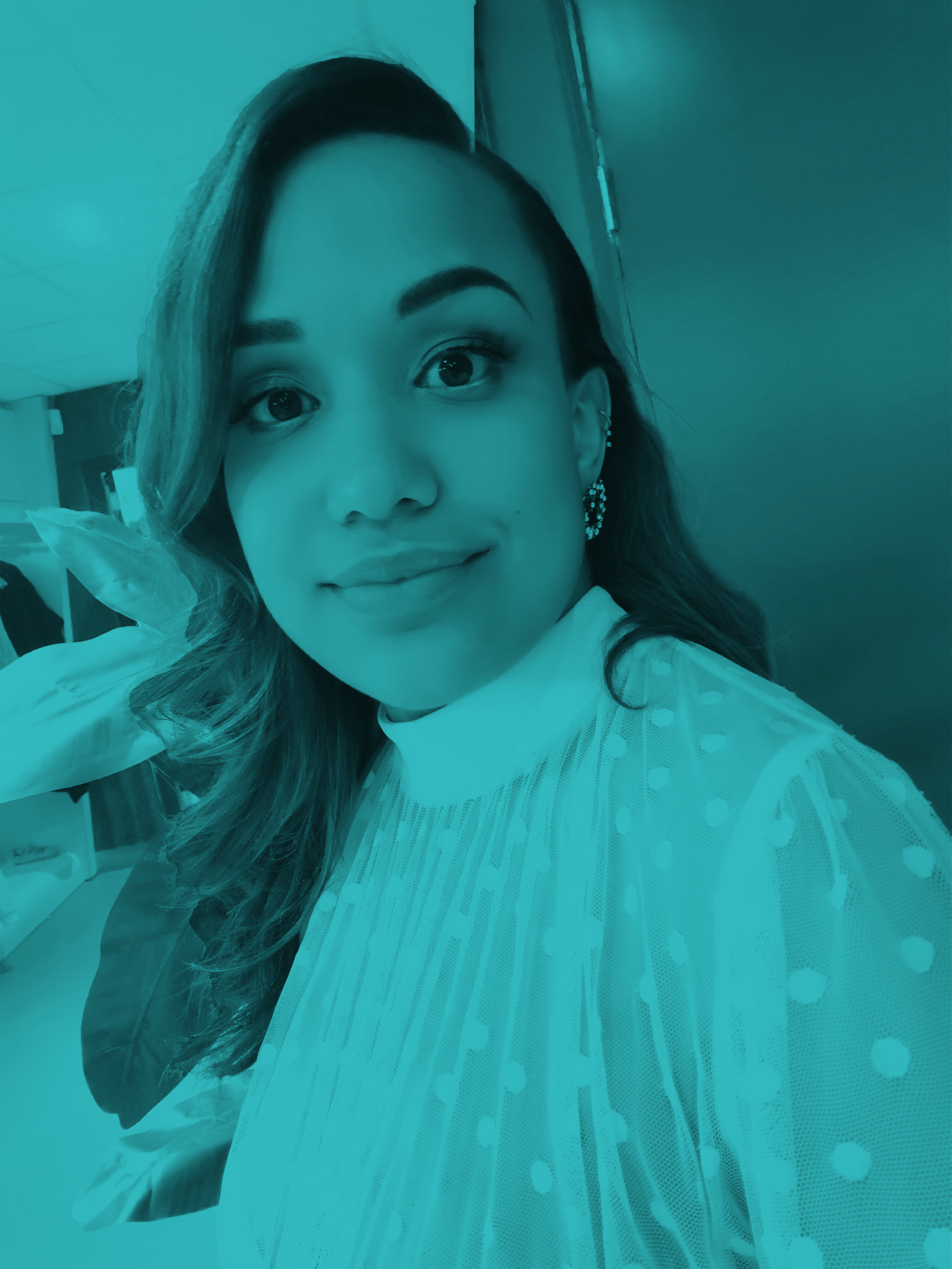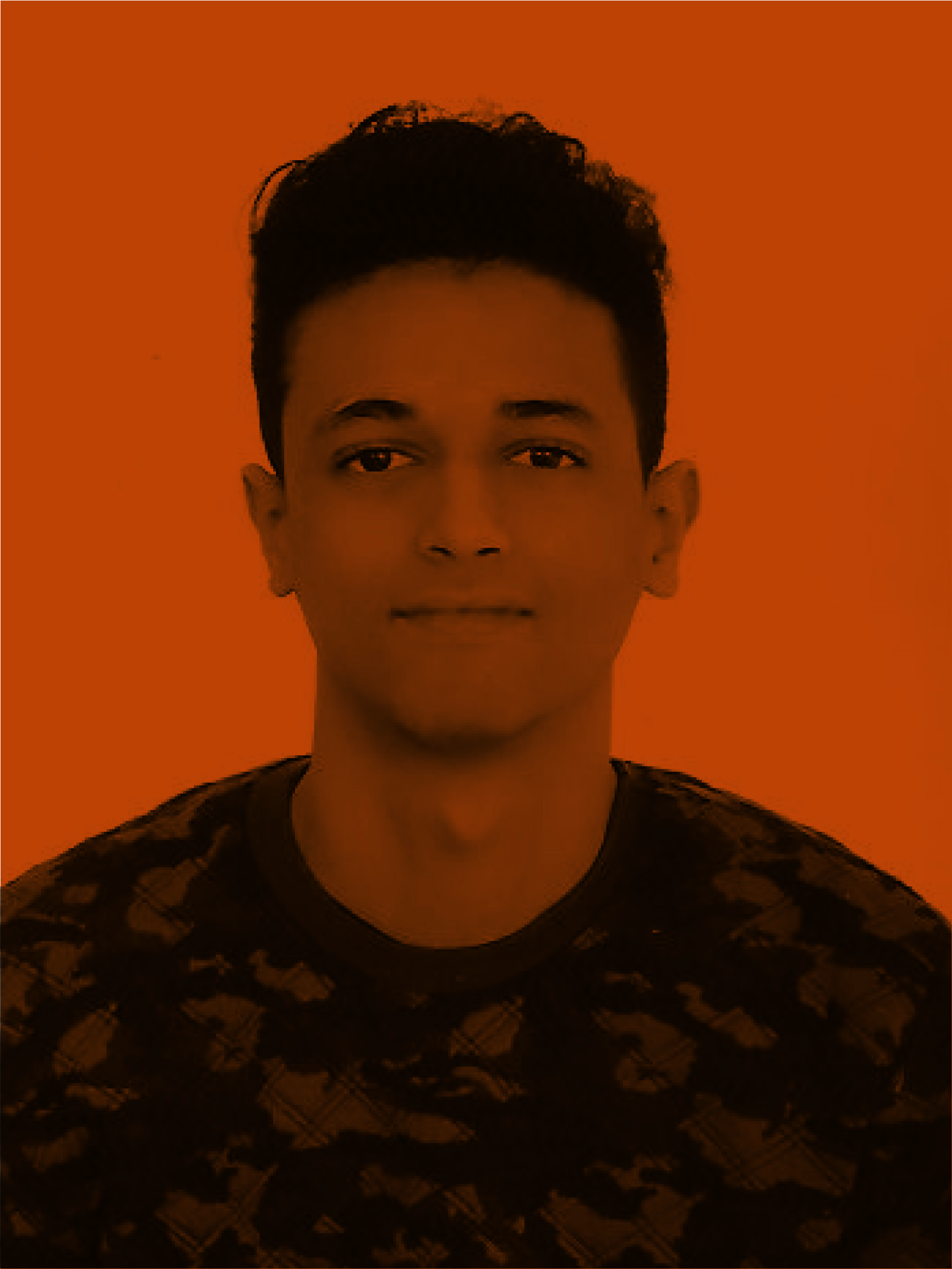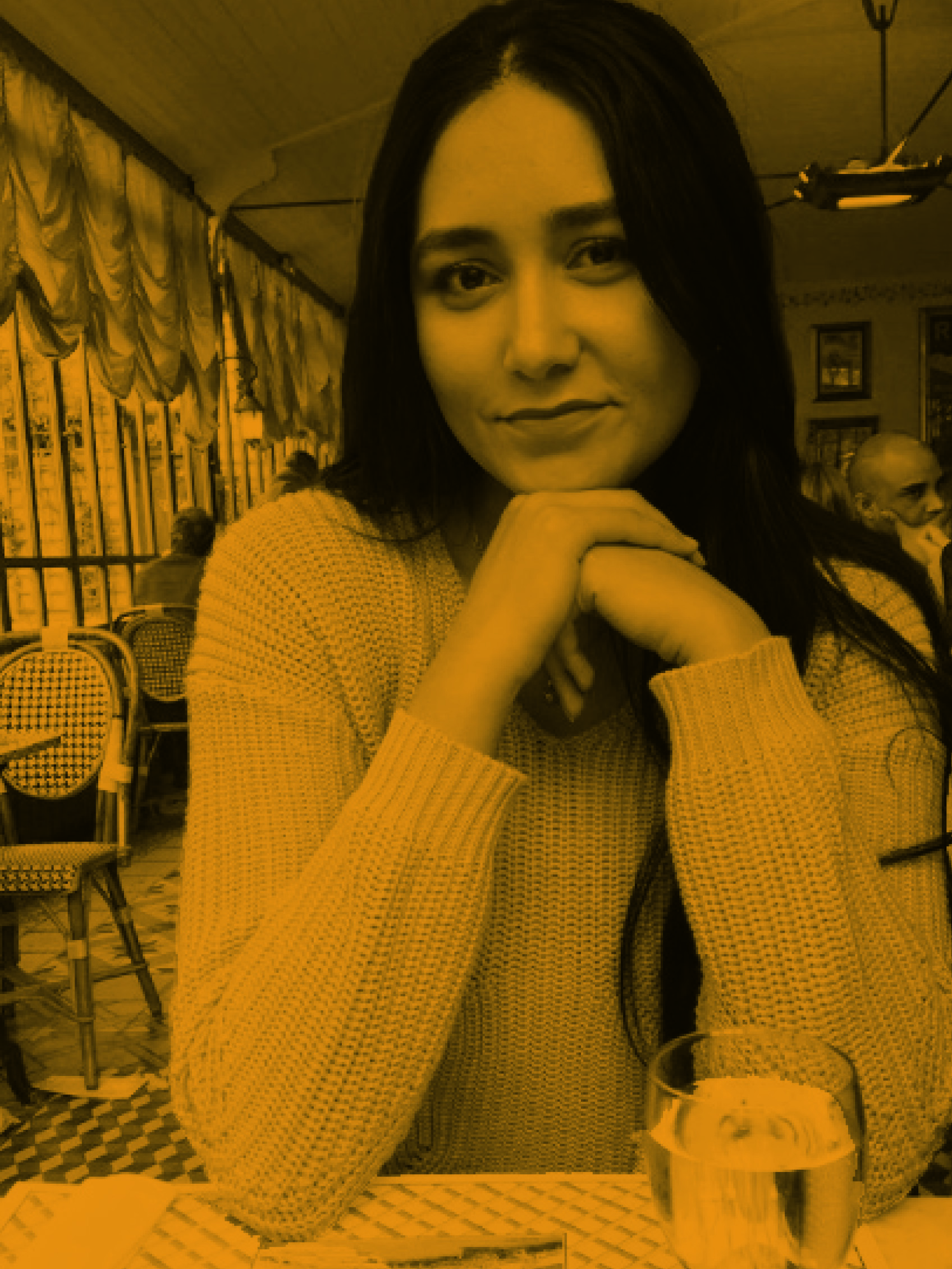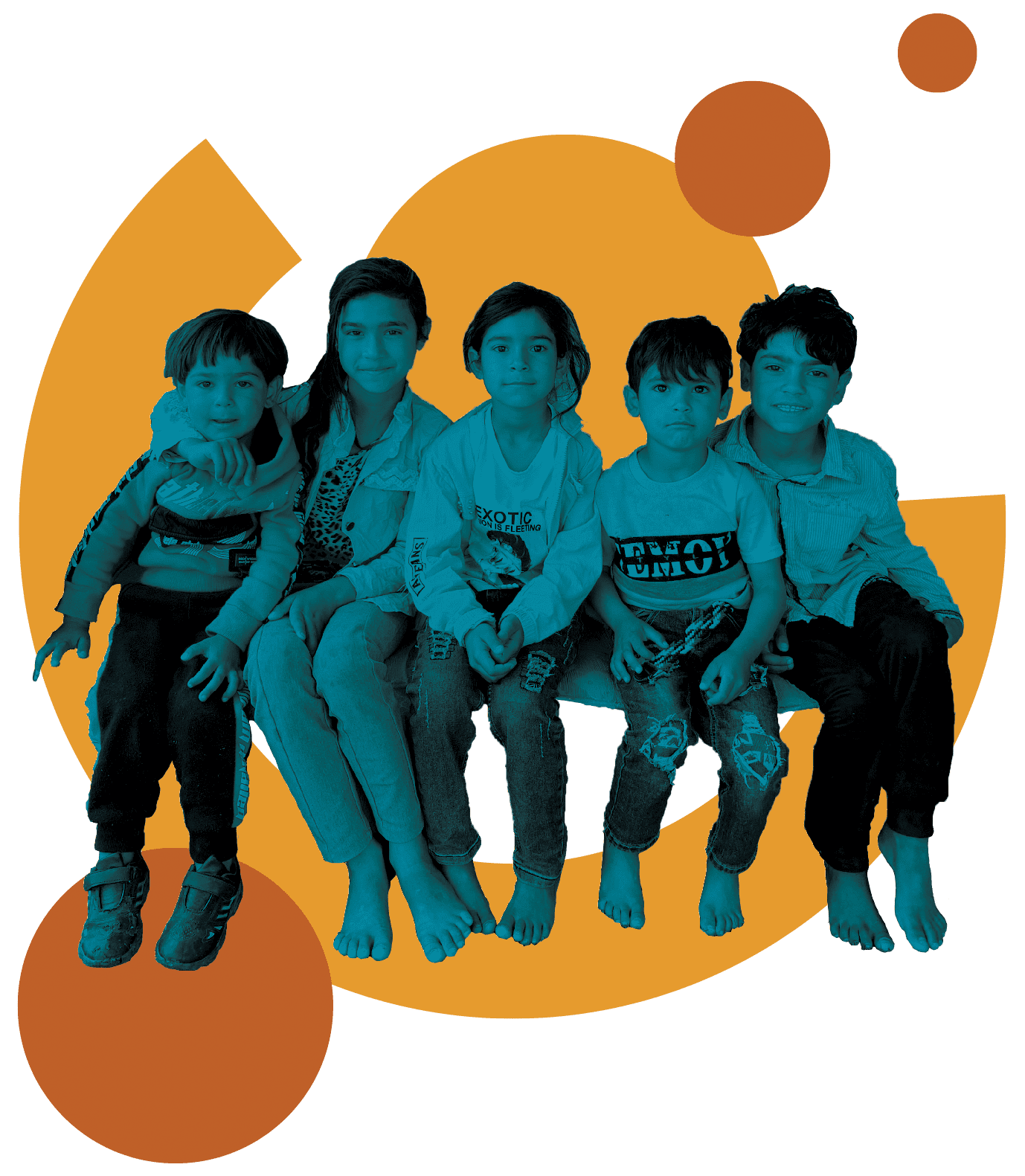
OUR MISSION
Contributing to sustainable investments for young people worldwide, that is Planet Inaba’s mission.
About us
The name Planet Inaba comes from the Arabic word “Inabat”. Translated literally, this means germination and it symbolizes the germination process of a plant. In this process, a seed is fertilized and then grows into a seedling. The vision of the Planet Inaba foundation is inspired by this process. We want to offer young people the seeds, so that they can discover their possibilities and qualities and challenge themselves to further develop themselves.
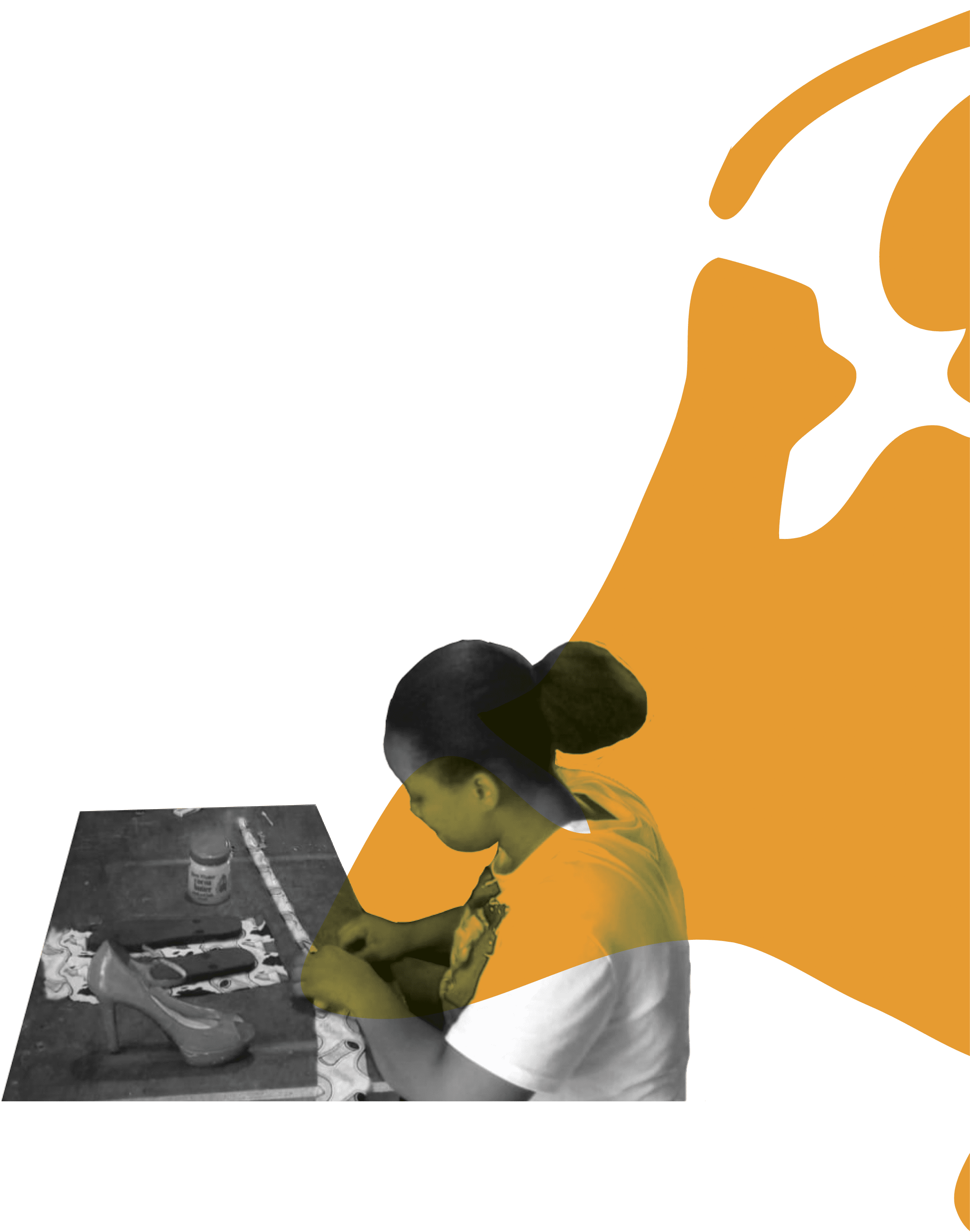
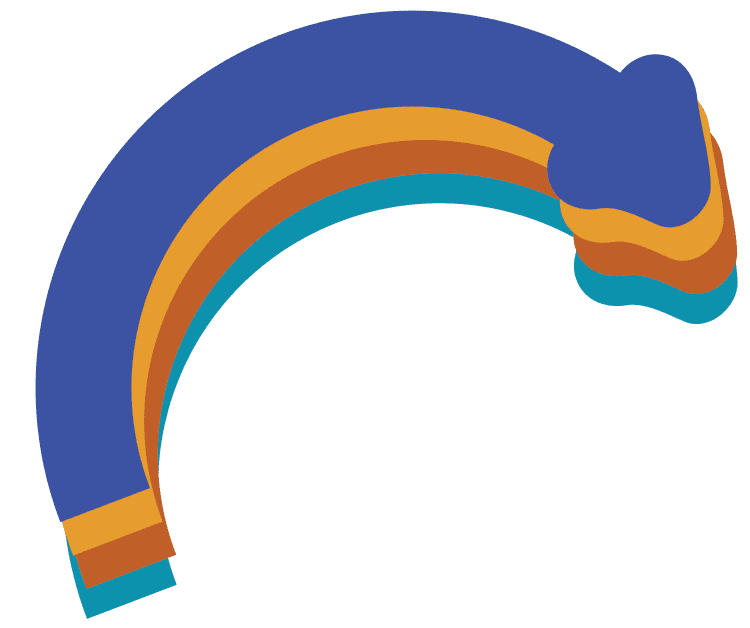

What we do
Planet Inaba strives to empower young people through knowledge and skills. With this we offer young people opportunities for self-development. This way we can break the vicious cycle of poverty. We therefore strive for long-term growth in self-confidence and development in various areas for youth worldwide. A stronger foundation, self-knowledge and the right preparations are key ingredients for better future prospects

We want to break the vicious circle of poverty by focusing on:
Self – development
Providing the vulnerable youth with the backpack filled with tools, knowledge and skills for self-development, enabling them to work on achieving their dreams.
Self – security
Emphasizing on the importance of self-security as the starting point of young people by providing primary and secondary resources.
Projects
Your support is always welcome
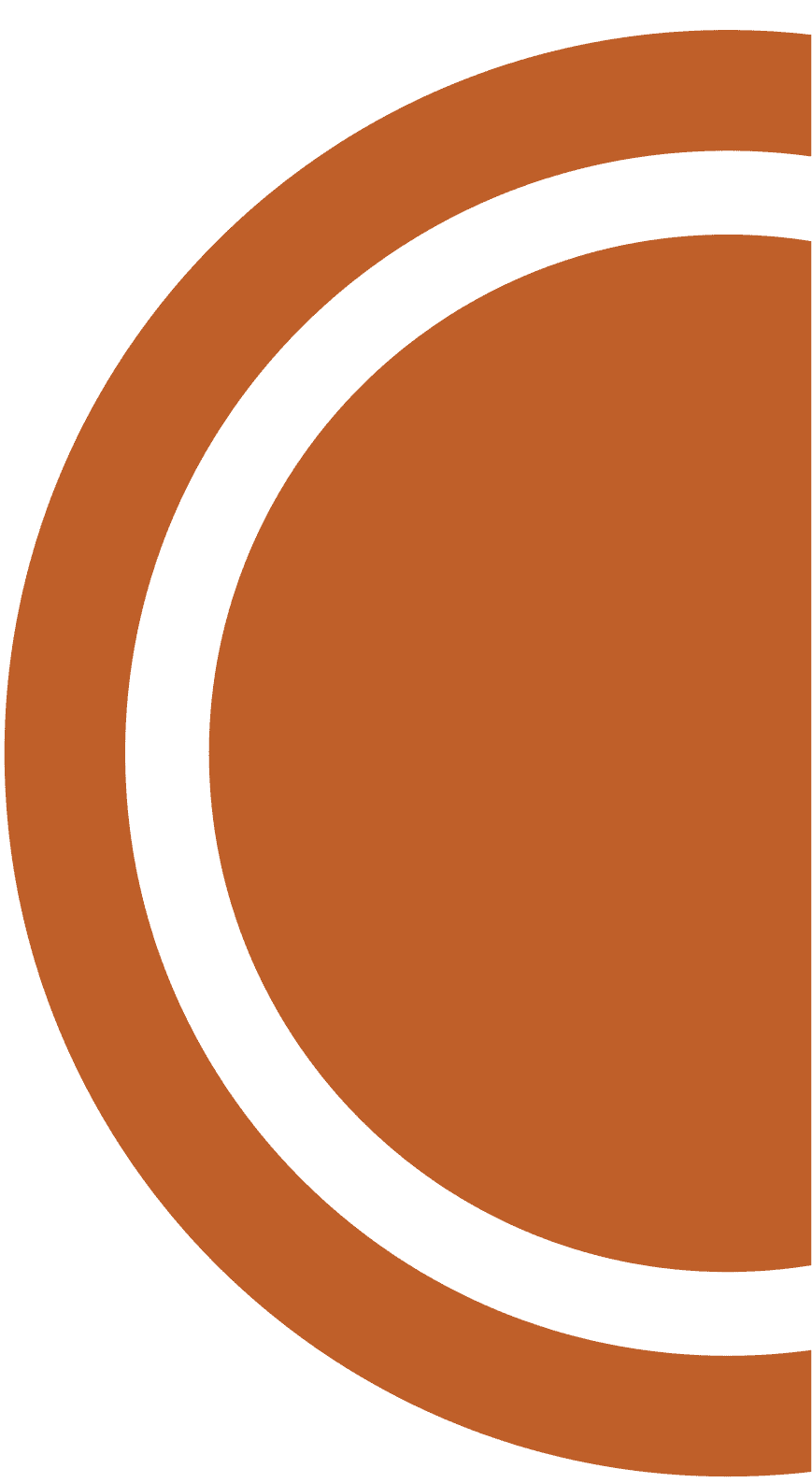
Our mission
Mission
Planet Inaba Foundation is a non-profit organization that develops innovative social and cultural projects worldwide. We offer worldwide assistance by setting up projects in various countries. This provides more security and self-development. We contribute to sustainable long-term investments worldwide for young people.
Vision
Planet Inaba Foundation strives for a full future, in which young people can develop and utilize qualities and talents. By stimulating the “growth mindset”. we activate our youth in thinking in terms of possibilities. The germination of a success story starts in the brain.
Objective
Our target group is young people worldwide who accumulate problems in different areas of life: school, work, care, and safety. Developing cooperation is necessary, as millions of young people still live in extreme poverty. Multiple research show that youth unemployment in many countries is high. These young people have little to no prospects, which they discover at a young age. Many of them live on survival mode resulting in loss of talent and potential. Planet Inaba wants to contribute to breaking this survival mechanism by inspiring youth and encourage them to build a better future.
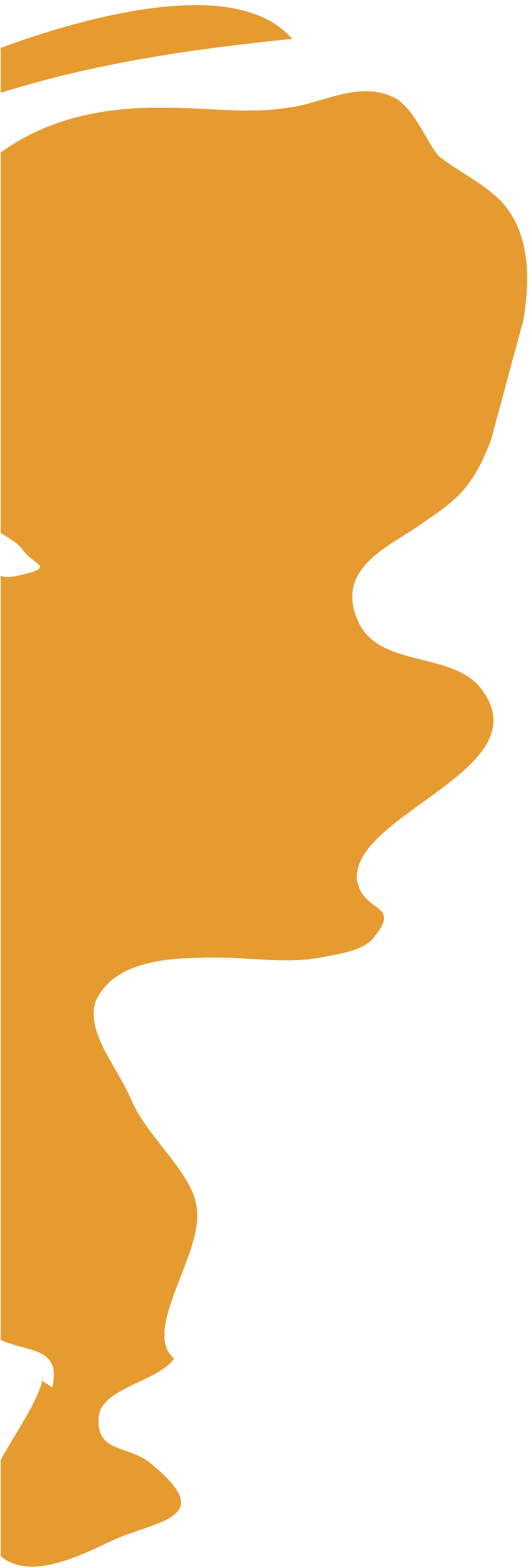

How we work
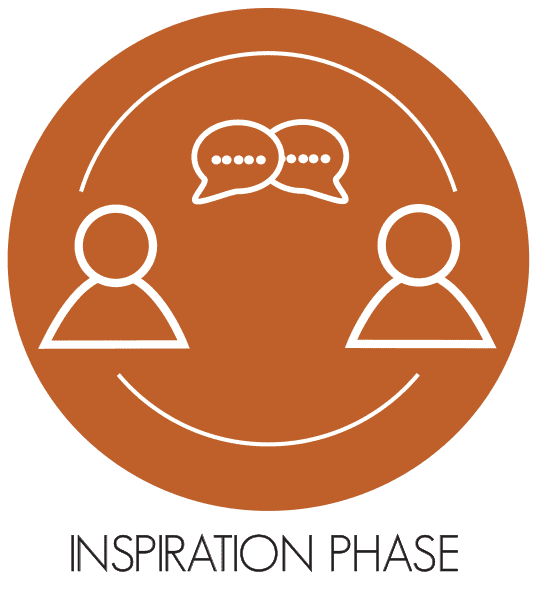
Planet Inaba strives to empower young people through knowledge and skills. With this, we offer young people opportunities for self-security and self development. This way we can break the vicious cycle of poverty. A stronger foundation, self-knowledge, and the right preparations are key ingredients for better future prospects.
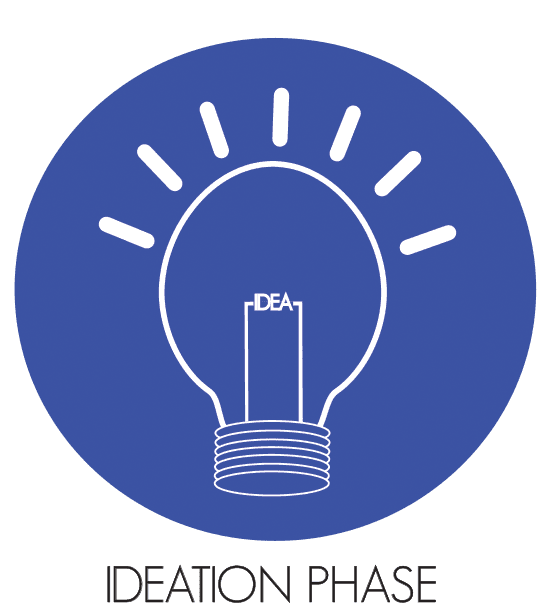
In order to develop our (virtual) program or any project, we would like to understand the needs and wishes of the students. Human-centered design (HCD) is a creative approach that is widely used for problem-solving. It is all about creating deep empathy with our users and trying to see things from their perspective. This will give us the opportunity to map their needs, frustrations, and ambitions. This approach is very effective because the created solutions are tailor-made and match users’ needs.
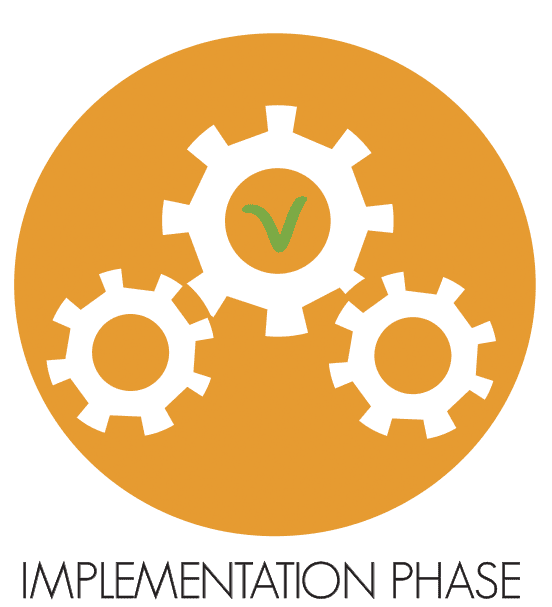
There are three phases in the HCD approach: 1) the Inspiration phase, 2) Ideation phase, and 3) Implementation phase. In the first phase, we are engaging with the user group to understand their lifestyle, greatest problems, and pain points. A few methods used in this phase are interviews, questionnaires, and empathy mapping. In the second phase, we generate many ideas and create possible solutions by prototyping. Prototyping is an effective tool to bring ideas to life and test it with the user group. Early testing can save time and financial resources. The prototype will be evaluated and improved further after testing. In the last phase, the program is finalized and ready for implementation (What is Human-Centered Design? 2021)
